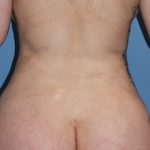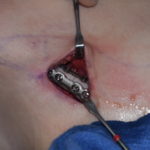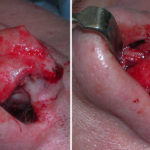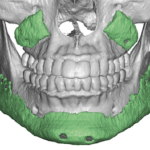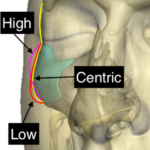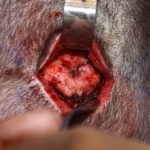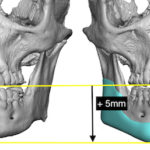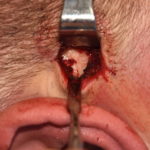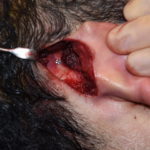Anatomy Study of Gluteal Vessel Diameters and Its Implications for BBL Surgery

The Brazilian Butt Lift (BBL), which is fat transfer to the buttocks by injection, is one of the most popular body contouring procedures in the U.S.. Despite its popularity and effectiveness at enlarging the buttocks, it is also the most dangerous of all aesthetic plastic surgery procedures. It has a risk of causing pulmonary embolism Read More…

